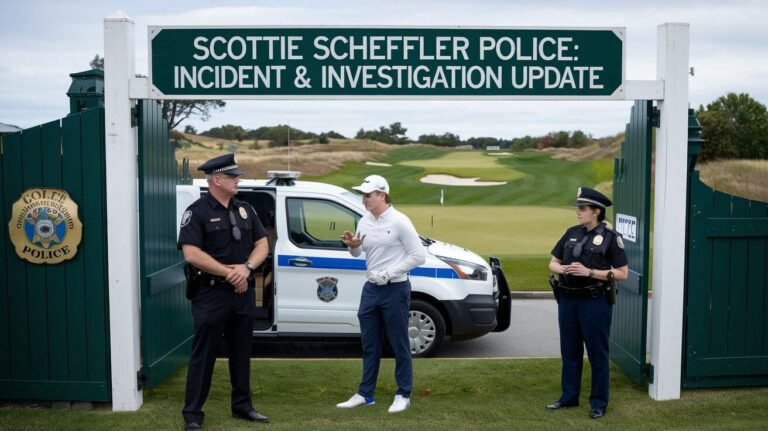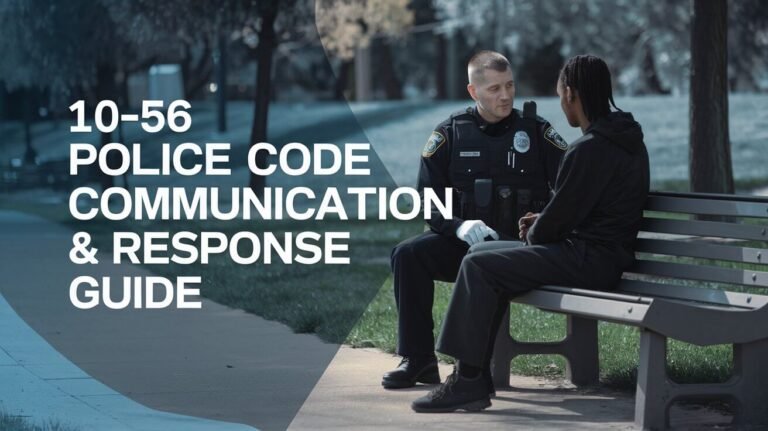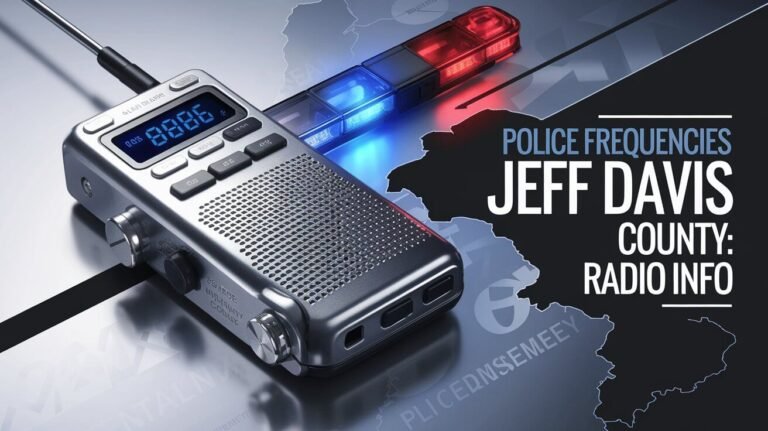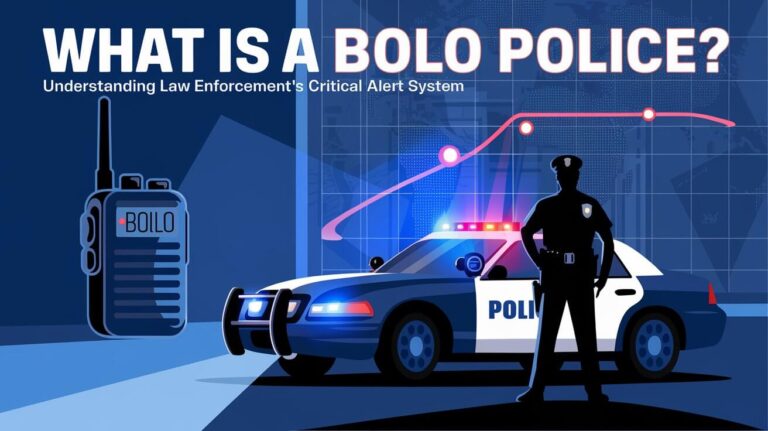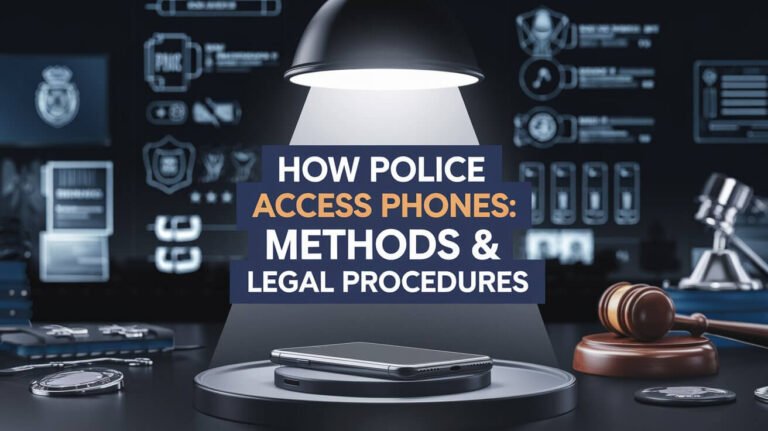Why Do Police Touch the Back of Your Car? The Truth Behind This Traffic Stop Tactic
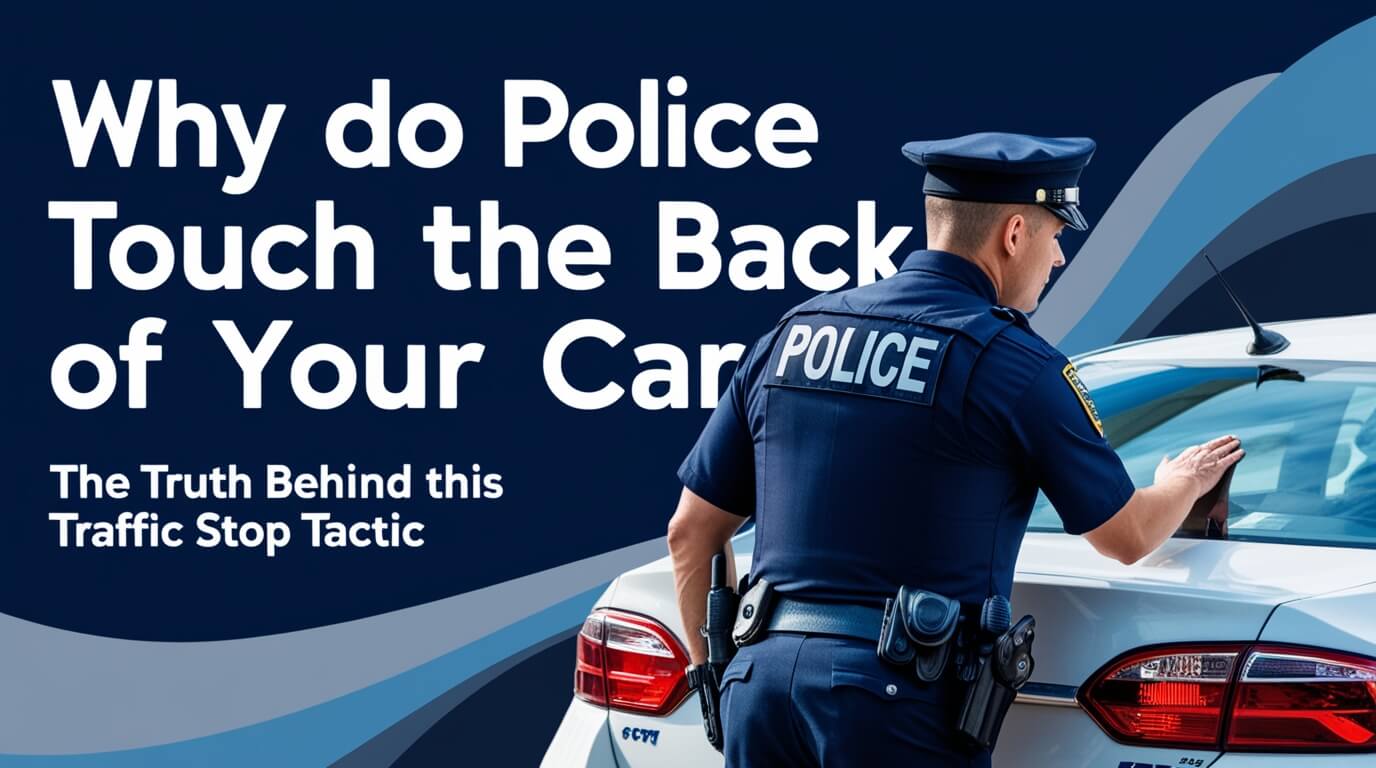
Have you ever noticed a police officer touching the back of your car during a traffic stop? This common practice has puzzled drivers for years. Police officers touch the back of cars during traffic stops to leave fingerprint evidence, check trunk security, and sometimes startle occupants. Let’s explore the reasons behind this tactic and what it means for drivers.
The History of Police Touching Car Taillights
Origins of the practice
The habit of touching car taillights dates back several decades. It started as a practical safety measure for officers approaching vehicles during traffic stops.
Evolution over time
As technology and police procedures have changed, so has this practice. While some officers still do it out of habit, others have moved on to newer tactics.
Main Reasons Why Police Touch Your Car
Leaving fingerprint evidence
One of the primary reasons officers touch your car is to leave their fingerprints. This creates a physical link between the officer and your vehicle.
If something were to happen during the stop, like the driver fleeing or harming the officer, these fingerprints could help in the investigation. They prove the officer was present at the scene and interacted with that specific vehicle.
Ensuring trunk security
Before 2002, car trunks didn’t have interior safety latches. Officers would press on the trunk to make sure it was closed. This prevented potential ambushes from hidden passengers.
Even though modern cars have safety features, some officers still perform this check out of habit or extra caution.
Startling occupants
In some cases, an officer might touch the car to startle the occupants. This tactic can reveal nervous behavior or stop people from hiding items as the officer approaches.
It’s important to note that not all officers use this method, and it’s not an official part of police training.
Is It Still Common for Officers to Touch Cars?
Current prevalence of the practice
The frequency of this practice varies widely among police departments and individual officers. Some still do it regularly, while others have phased it out.
Variations between departments
Different police departments have different policies. Some actively teach this technique, while others discourage it or leave it up to the officer’s discretion.
Safety Considerations for Officers
Potential risks of approaching vehicles
Traffic stops can be dangerous for police officers. They often approach vehicles without knowing who’s inside or what situation they might face.
How touching the car relates to officer safety
Touching the car can give officers a moment to pause and assess the situation. It also leaves evidence of their presence, which could be crucial if something goes wrong.
Legal Aspects of Police Touching Your Vehicle
Is it within an officer’s rights?
Generally, yes. Courts have ruled that this minor contact with a vehicle doesn’t violate any laws or constitutional rights.
Privacy concerns for drivers
Some drivers worry about privacy implications. However, touching the exterior of a car in plain view during a lawful stop doesn’t raise significant legal privacy issues.
What to Expect During a Traffic Stop
Standard procedures officers follow
When you’re pulled over, an officer typically:
- Turns on their lights and siren
- Positions their vehicle behind yours
- Approaches your car, possibly touching it
- Asks for your license, registration, and insurance
Why an officer might touch your car
Remember, if an officer touches your car, they’re following a long-standing practice aimed at safety and evidence preservation. It’s not a cause for alarm.
Myths and Misconceptions About Police Touching Cars
Common misunderstandings
Many people believe officers touch cars to check for drugs or to see if the driver is nervous. These aren’t the real reasons behind the practice.
Debunking popular myths
Contrary to some beliefs, officers can’t detect hidden compartments or drugs just by touching your car. The practice is more about safety and leaving evidence of the interaction.
Alternative Methods Used by Modern Police
Technology replacing the need to touch cars
Many departments now use dash cams and body cams to record traffic stops. These provide clear evidence of the interaction, reducing the need for physical contact with the vehicle.
New safety protocols for traffic stops
Some departments teach officers to approach vehicles from the passenger side or use their spotlight to check the car’s interior before approaching. These tactics can be safer than touching the vehicle.
How Drivers Should Respond if an Officer Touches Their Car
Appropriate reactions
If you notice an officer touch your car, stay calm. It’s a normal part of many traffic stops and doesn’t mean you’re in extra trouble.
What not to do
Don’t question the officer about touching your car or become confrontational. This could escalate the situation unnecessarily.
The Psychology Behind the Tactic
Intended effects on drivers
The sound of an officer touching your car might make you more aware of their presence. This can help keep the situation calm and controlled.
How it impacts officer mindset
For officers, touching the car can be a grounding moment. It gives them a second to focus and prepare for the interaction ahead.
International Perspectives: Do Police Touch Cars in Other Countries?
Comparing practices globally
This practice is largely unique to the United States. Police in many other countries don’t routinely touch vehicles during traffic stops.
Cultural differences in traffic stop procedures
Traffic stop procedures vary widely around the world. In some countries, officers rarely pull over moving vehicles, instead focusing on stationary checks.
The Future of Traffic Stops: Will Officers Still Touch Cars?
Evolving police tactics
As policing evolves, so do traffic stop procedures. Many departments are moving away from touching cars in favor of other safety measures.
Potential changes in procedure
Future traffic stops might rely more on technology. Some envision a future where most minor traffic violations are handled by automated systems, reducing the need for physical stops.
Conclusion: Understanding Why Police Touch the Back of Your Car
Now you know the main reasons why police touch the back of cars during traffic stops. It’s a practice rooted in officer safety and evidence preservation, though its use is declining in many areas.
Remember, if an officer touches your car during a stop, it’s not cause for alarm. Stay calm, follow the officer’s instructions, and know that it’s just one of many procedures they might use to ensure a safe interaction.
As police tactics continue to evolve, we may see less of this practice in the future. But for now, it remains a curious and often misunderstood aspect of traffic stops in the United States.
Whether you’re a driver wondering about this practice or just curious about police procedures, understanding the reasons behind it can help demystify this common occurrence. Stay informed, stay safe, and remember that police officers are just doing their job to keep everyone on the road secure.


